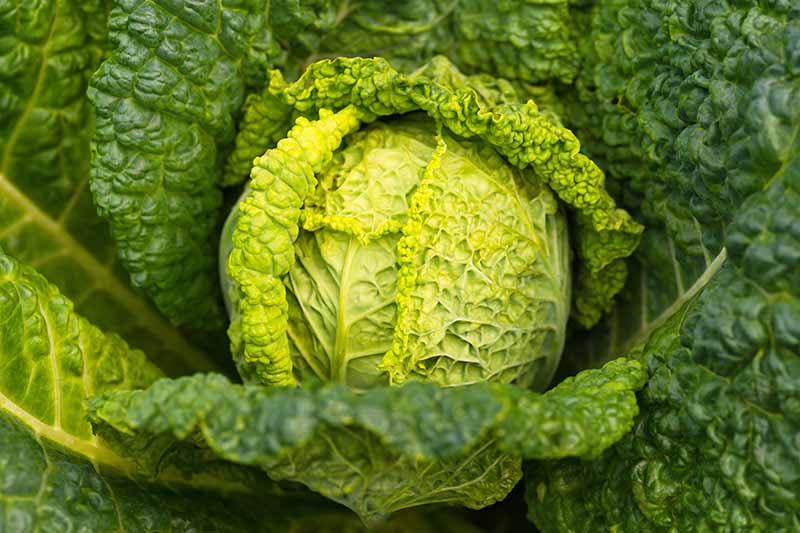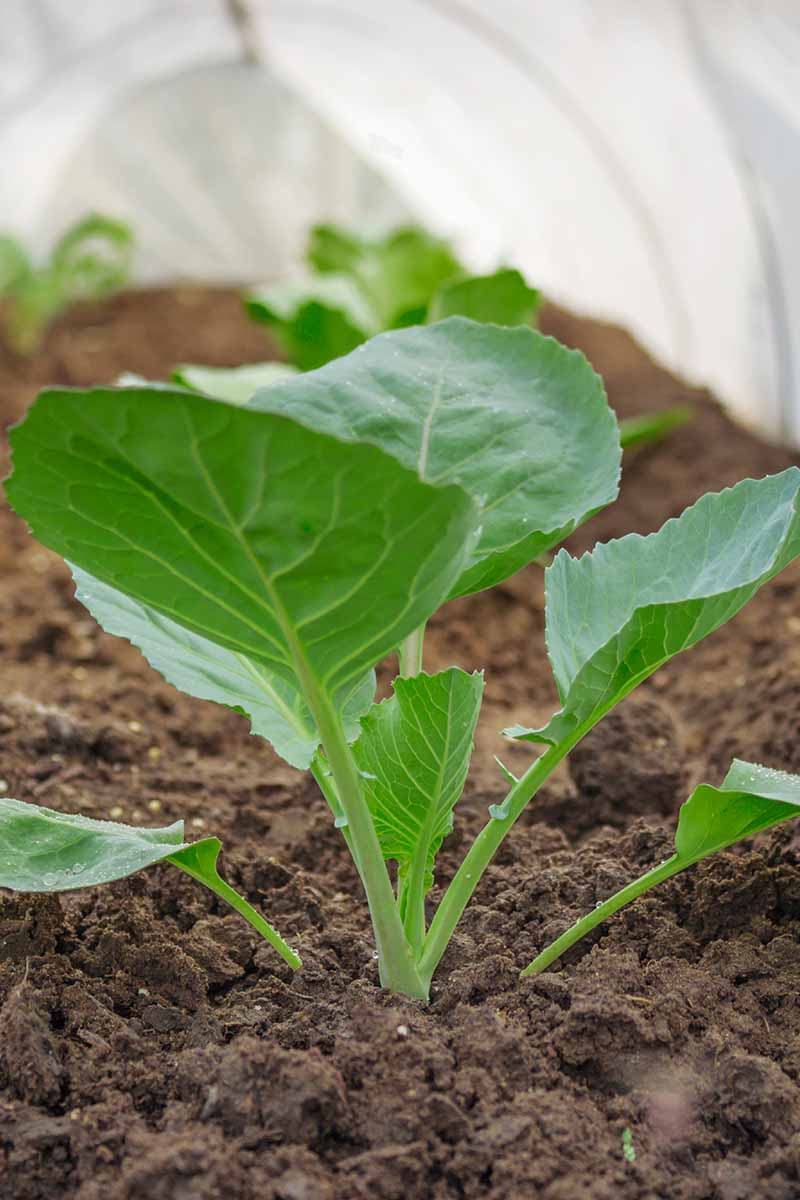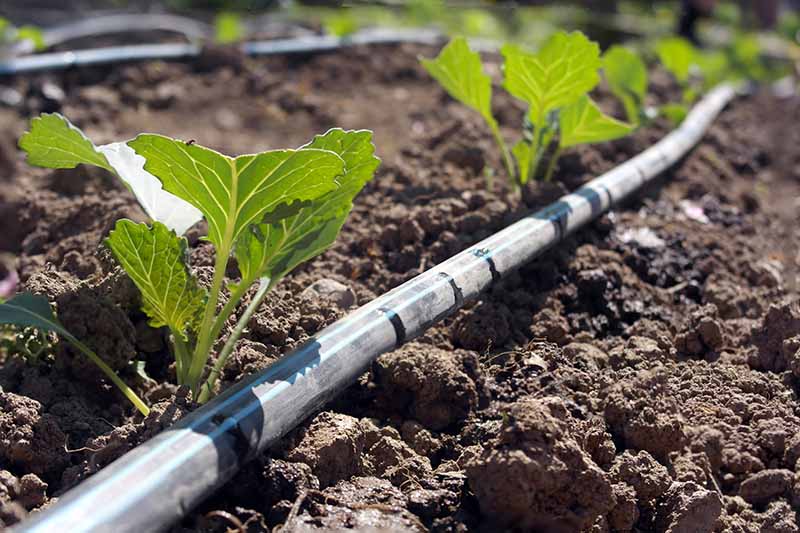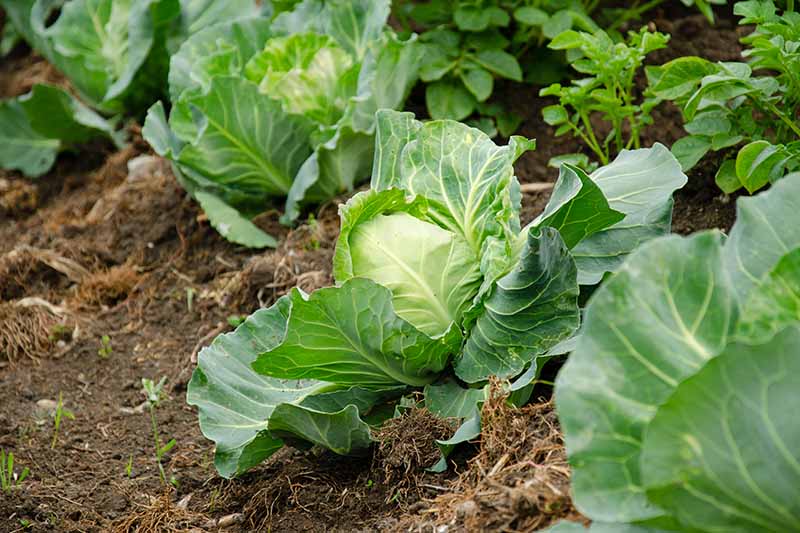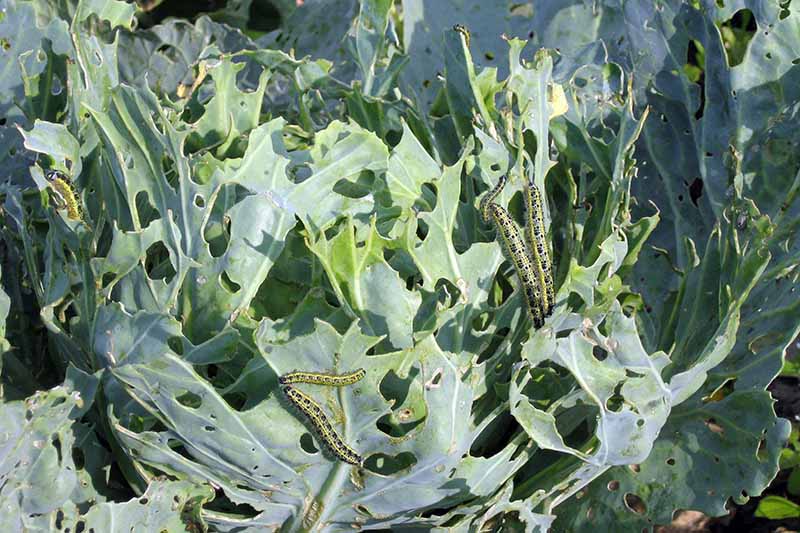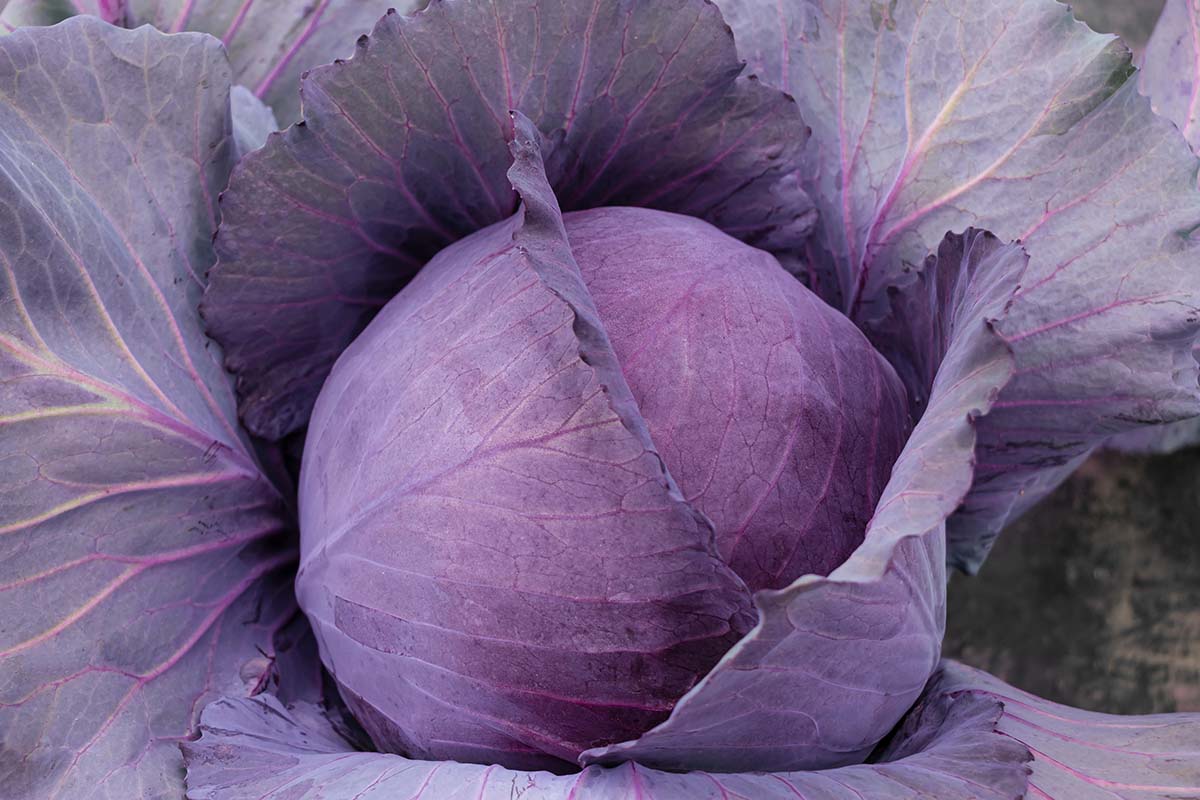Why does this happen and what can you do to prevent it? We link to vendors to help you find relevant products. If you buy from one of our links, we may earn a commission. Continue reading to learn what may stunt head formation on cabbages and steps you can take to prevent this from occurring. A cool weather crop, it is available in a number of different varieties, from small, compact, early-maturing types, to large late-season cultivars suitable for a winter harvest. Leaves may be flat and smooth, developing into tight, drum-like heads, or crinkly in the case of Savoy types. There are a variety of reasons why these plants sometimes fail to form heads, and it can be a bit tricky to diagnose precisely why. In most cases, however, the leaves are still edible and can be prepared in a similar way to collard greens. The first thing to check is your seed packet for the expected time to maturity of the variety you’re growing. In some cases, it just requires a little more time and patience! Cabbage is best planted in the spring or fall and requires 60 to 100 days to reach maturity, depending on the variety. Plants prefer well drained, fertile soil with a pH of 6.0 to 7.0. For more information on how to grow cabbage, check out our guide. If your plants are not forming heads, here are a few possibilities to consider:
1. Hot or Cold Weather
When the weather becomes too hot or too cold for a prolonged period, plants stop growing and may bolt. Bolting happens when plants become stressed, causing the plant to devote energy to seed production rather than forming a head. To avoid this risk, plants need a couple of months between 45°F and 80°F, ideally with fairly even temperatures between 55°F and 65°F. Prolonged periods of temperatures below 45°F or above 80°F may cause the plant to bolt. Check your seed packet for the number of days to maturity, and plan to sow seeds or set out transplants so that heads will be ready to harvest before hot summer temperatures or hard freezes. It is also possible to get a head start on the season by starting seeds indoors in early spring, about eight to 10 weeks before the last expected frost, then planting out in the garden a two to three weeks before last frost. You can use frost covers or shade cloth to help protect your plants from unexpected extreme temperatures.
2. Lack of Water
Developing heads require a lot of water. Sometimes, if heads are not forming, the plants may simply be thirsty. Provide plants with one and a half inches of water a week in the absence of rain, so that the soil is evenly moist, but not waterlogged. Consider using drip irrigation to provide consistent moisture and prevent the soil from drying out. You can apply a thick layer of straw, grass clippings, or other organic mulch around the base of plants to help maintain even moisture in the soil. Conversely, too much water or soil that doesn’t drain well can encourage bacterial and fungal disease leading to root rot, as well as attack from slugs and snails.
3. Nutrient Imbalance
Adequate nitrogen is important for plants to grow healthy foliage, especially when they are young. If the leaves appear small and/or yellow, lack of nitrogen may be to blame. On the other hand, too much nitrogen during head formation can cause excessive leaf growth at the expense of developing heads, so overfertilization can be an issue too. The best way to ensure balanced nutrients is to incorporate organic material into garden beds prior to planting and side dress with compost every few weeks. Conduct a soil test before planting to check the nutrient levels in your soil, and amend accordingly. You may also apply a diluted solution of a balanced 10-10-10 (NPK) liquid fertilizer or compost tea every few weeks.
3. Overcrowding
Make sure you provide adequate spacing between plants to allow for ample airflow and to reduce competition for water and nutrients. Inadequate airflow can lead to the development of fungal diseases that may stress the plant and cause it to fail to produce a head. In general, you need to leave 12 to 18 inches between plants to allow for healthy root development and air circulation.
5. Pests and Disease
It is important to protect young plants from insect pests and herbivores, as well as to transplant carefully to avoid damaging the center stalk. If foliage becomes damaged early on by pests such as cutworms or cabbage loopers it may over stress the plant and prevent it from forming a head. To reduce the risk of pests devouring your crop, avoid planting near other brassicas. You can also help repel unwanted insects by planting near aromatic herbs such as rosemary or sage. You can learn more about common cabbage pests and how to control them in our guide. Additionally, some common diseases such as clubroot can stunt growth and inhibit head formation. Clubroot is caused by soilborne fungus, and unfortunately, there is no known cure. The best solution is prevention: Rotate crops, choose resistant seeds, and keep the soil at a pH around 6.8 or above, since this pathogen thrives in acidic soil. Learn how to identify and prevent common cabbage diseases in our guide. Do you have tips for growing large healthy cabbage heads? Share your experience in the comments below! Still have questions about growing cabbage in your garden? Check out these articles for more useful information:
How to Harvest CabbageTry These Fixes if Cabbage Heads SplitHow to Keep Slugs off Cabbage and Other Cole CropsHow to Grow Savoy Cabbage

